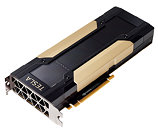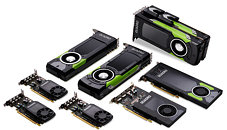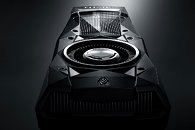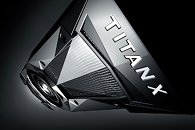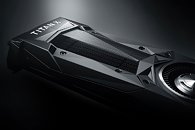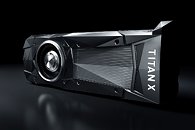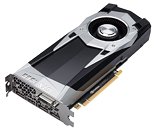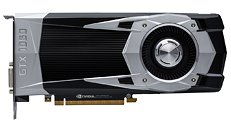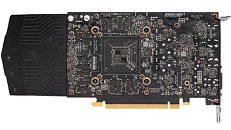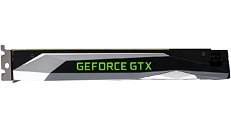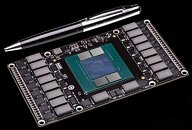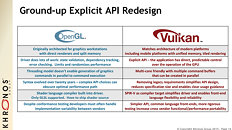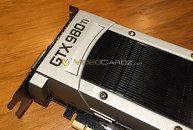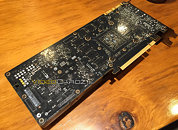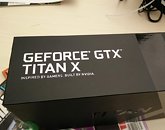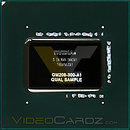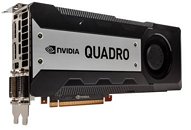
25+ Companies Developing Level 5 Robotaxis on NVIDIA CUDA GPUs
NVIDIA today unveiled the world's first artificial intelligence computer designed to drive fully autonomous robotaxis. The new system, codenamed Pegasus, extends the NVIDIA DRIVE PX AI computing platform to handle Level 5 driverless vehicles. NVIDIA DRIVE PX Pegasus delivers over 320 trillion operations per second -- more than 10x the performance of its predecessor, NVIDIA DRIVE PX 2.
NVIDIA DRIVE PX Pegasus will help make possible a new class of vehicles that can operate without a driver -- fully autonomous vehicles without steering wheels, pedals or mirrors, and interiors that feel like a living room or office. They will arrive on demand to safely whisk passengers to their destinations, bringing mobility to everyone, including the elderly and disabled.
NVIDIA DRIVE PX Pegasus will help make possible a new class of vehicles that can operate without a driver -- fully autonomous vehicles without steering wheels, pedals or mirrors, and interiors that feel like a living room or office. They will arrive on demand to safely whisk passengers to their destinations, bringing mobility to everyone, including the elderly and disabled.

